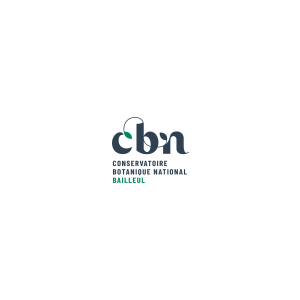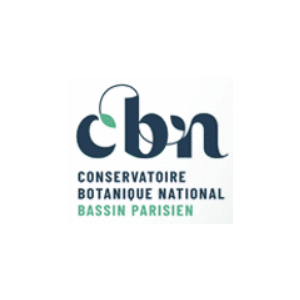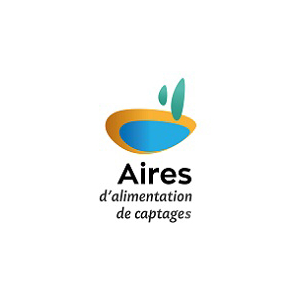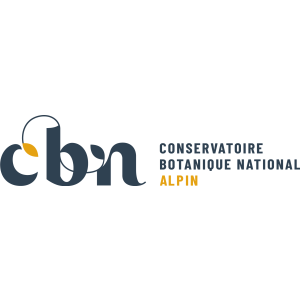
Document généré le 31/08/2025 depuis l'adresse: https://www.documentation.eauetbiodiversite.fr/fr/notice/estimating-the-stock-of-glass-eels-in-an-estuary-by-mark-recapture-experiments-using-vital-dyes
Titre alternatif
Producteur
Contributeur(s)
EDP Sciences
Identifiant documentaire
11-2005002
Identifiant OAI
oai:edpsciences.org:dkey/10.1051/kmae:2005002
Auteur(s):
C. BRIAND,D. FATIN,E. FEUNTEUN,G. FONTENELLE
Mots clés
Anguilla anguilla
vital dye
glass eel
marking recapture
Anguilla anguilla
colorant vital
civelle
marquage-recapture
Date de publication
01/04/2008
Date de création
Date de modification
Date d'acceptation du document
Date de dépôt légal
Langue
en
Thème
Type de ressource
Source
https://doi.org/10.1051/kmae:2005002
Droits de réutilisation
Région
Département
Commune
Description
Glass eels (Anguilla anguilla) arriving after the fishing season in the Vilaine estuary (France) were caught by boat and at a trapping ladder located at a blocking dam upstream in the estuary. They were marked with Bismarck brown, rhodamine B or neutral red, and released into the estuary. The effect of marking on behaviour, mortality and recapture differed according to the dye and concentration used. The glass eels also differed in response to marking according to their origin. Estuarine glass eels were clearly desynchronized in their selective tidal stream transport and left the release area after a few tidal cycles. Trapped glass eels were less sensitive to marking. They remained in the release area and were recaptured in larger number both in the trapping ladder and in the estuary. These results supported a model of two behavioral fractions in the estuary: flow-carried migrants and active glass eels with stronger rheotactic behaviour. The proportion of active glass eels in the estuary shifted from none for the two weeks after the fishery closure, to 10% value of the total stock. At the trapping ladder, the migration ended in June each year, while a large stock was still present in the estuary. These observations favour the interpretation of a short duration of the active phase at this site followed by the transition towards a more benthic behavior. The daily efficiency of the trapping ladder was calculated as 4% of the active stock from both stock estimations and average recapture rate. This value was consistent with the low annual efficiency of the trapping ladder, calculated as 30% of the estuarine stock of glass eels that arrived after the fishing season.
Accès aux documents
0
Consultations
0
Téléchargements





























